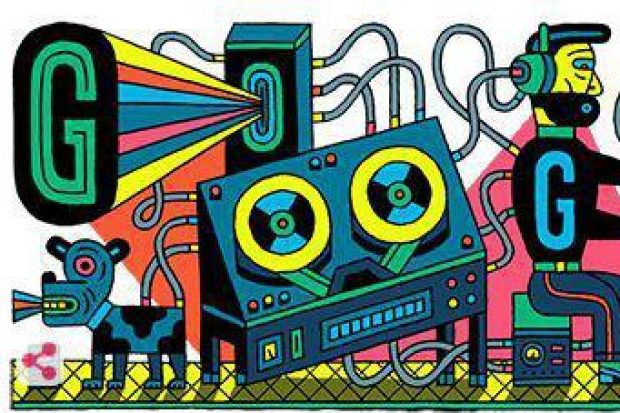Studio for Electronic Music remembered with Google Doodle – why the German institution’s 66th anniversary is worth celebrating
If it wasn't for the pioneering studio in post-war West Germany, today's musical landscape could be very different

ELECTRONIC music is taken for granted these days - but it could all have been so different but for a visionary studio in post-war West Germany.
Today, a Google Doodle has celebrated the 66th anniversary of the creation of the game-changing institution. Here's why it was so important.
What is the Studio for Electronic Music in Germany?
The Studio for Electronic Music was established in Cologne, Germany following a meeting at major post-war West German broadcaster WDR on October 18, 1951.
It was the brainchild of composers Werner Meyer-Eppler, Robert Beyer, and Herbert Eimert, and was an idea many years in the making.
Known as the first modern music studio, it played a key role in the development of electronic music in the second half of the 20th century.
The studio became a haven for innovative musicians and producers, who would flock to the WDR building from across the globe.
There, they led a musical revolution by creating electronically synthesised sounds with cutting-edge equipment and techniques.
Karlheinz Stockhausen, widely acknowledged as one of the 20th century's most important composers, served a lengthy spell as the studio's artistic director.
After leading a musical revolution for almost half a century, the studio closed in 2000.
In 2007, an anonymous patron bought the house Stockhausen had grown up in and turned it into an exhibition space, with the first floor used as a permanent museum in honour of the studio.
Today's Doodle is created by Berlin-based illustrator Henning Wagenbreth.
According to Google, the bright, psychedelic image "celebrates the diversity of thought and imagination that built this studio and transformed the possibilities of music".
What is a Google Doodle?
In 1998, the search engine founders Larry and Sergey drew a stick figure behind the second 'o' of Google as a message to that they were out of office at the Burning Man festival and with that, Google Doodles were born.
The company decided that they should decorate the logo to mark cultural moments and it soon became clear that users really enjoyed the change to the Google homepage.
In that same year, a turkey was added to Thanksgiving and two pumpkins appeared as the 'o's for Halloween the following year.
Now, there is a full team of doodlers, illustrators, graphic designers, animators and classically trained artists who help create what you see on those days.
Recently, a Google Doodle celebrated the 2017 Autumn Equinox, which marked the official ending of summer and the coming of autumn.









